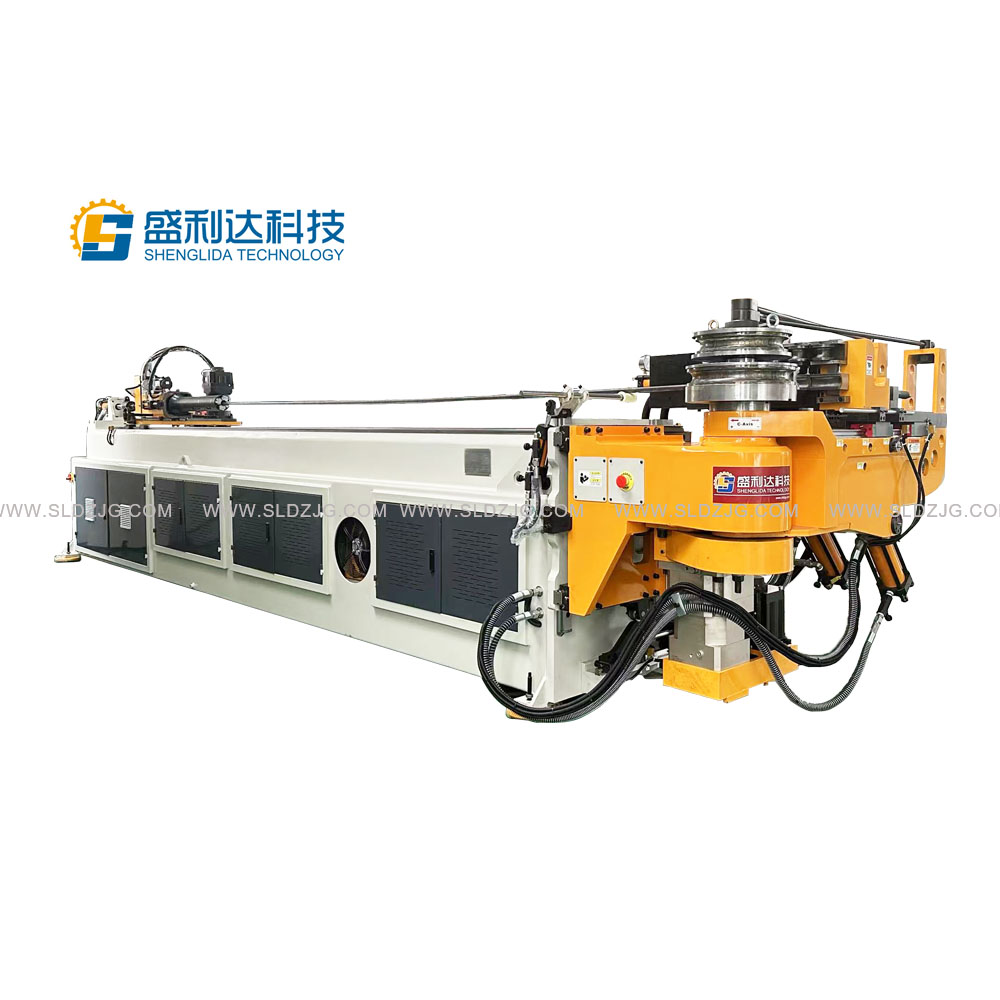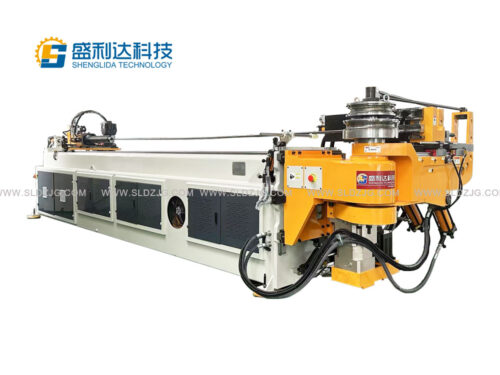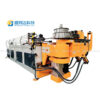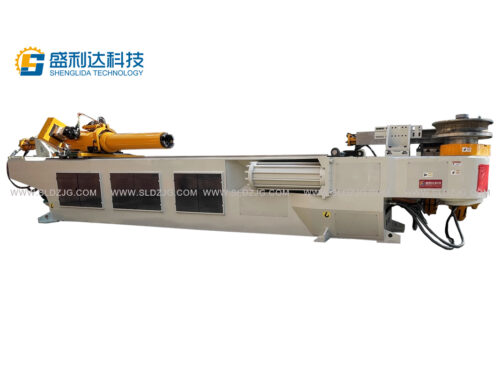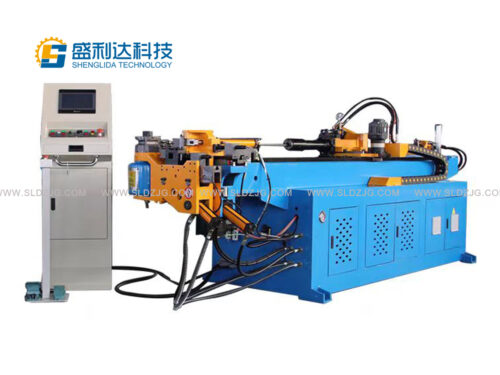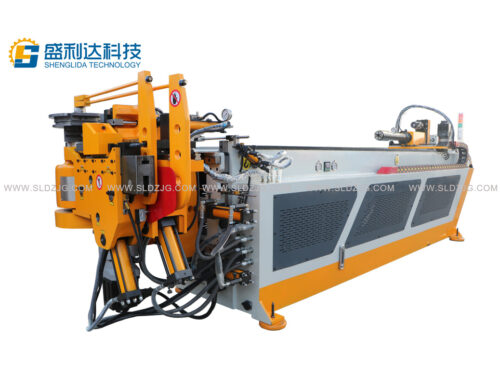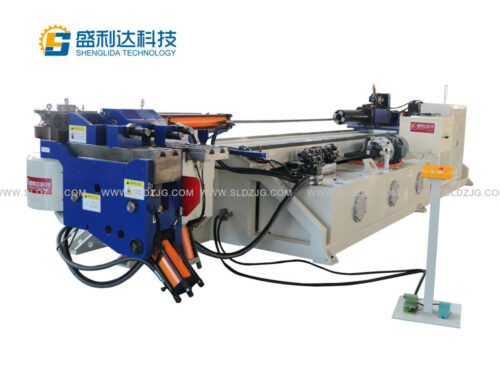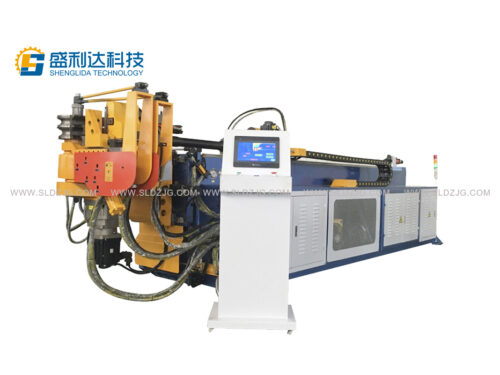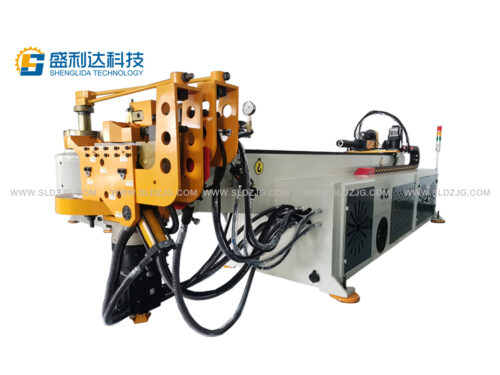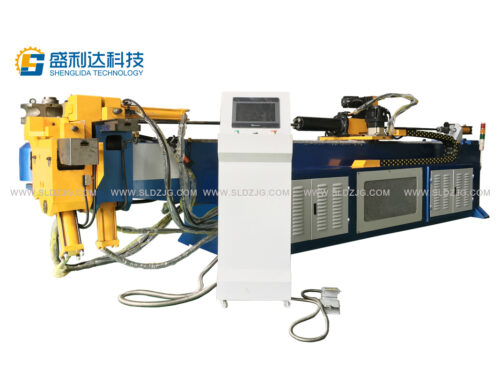The core advantages of 63CNC-4A-2Sfully automatic bender machine are mainly reflected in high precision, high efficiency, multifunctionality and intelligent control, which can meet the high standard requirements of complex industrial pipe processing.
Core features
Fully automatic numerical control system
Utilizando CNC (computer digital control) technology, it supports the editing and storage of complex programs, realizes multi-angle and multi-dimensional bending pipe, and has high repeatability positioning accuracy (usually within ±0.1mm).
It can be combined with touch screen operation interface to simplify programming process.
Four-axis linkage (4A)
With 4 servo control axes (such as feeding shaft, bending shaft, rotating shaft and clamping shaft), it can complete three-dimensional bending of pipes in space and adapt to complex curve requirements.
Double screw drive (2S)
Using double screw transmission structure, enhance the stability and thrust when bending the pipe, suitable for large diameter or thick wall pipe processing (such as stainless steel, carbon steel, copper pipe, etc.).
Efficient production
The integrated design of automatic feeding, bending and cutting reduces manual intervention and improves the efficiency of batch production.
The optional automatic feeding rack and finished product collection device can be selected.
Good compatibility
Supports a variety of pipe materials (round pipe, square pipe, oval pipe, etc.), and the diameter range is usually Φ10-Φ63mm (see manufacturer data for details).
It can process different materials (metal, some plastic pipes).
workflow
Programming Input: Import bending parameters through CAD drawings or manual input.
Automatic Feeding: The pipe is fed into the processing zone via a conveyor system.
Positioning and Clamping: The clamping jaws secure the pipe while positioning the bending die head.
Bending Forming: The die head rotates to push the pipe to the preset angle, with the feeding mechanism adjusting its position accordingly.
Material Ejection: After completing the bending process, the material is automatically discharged, initiating the next cycle.
